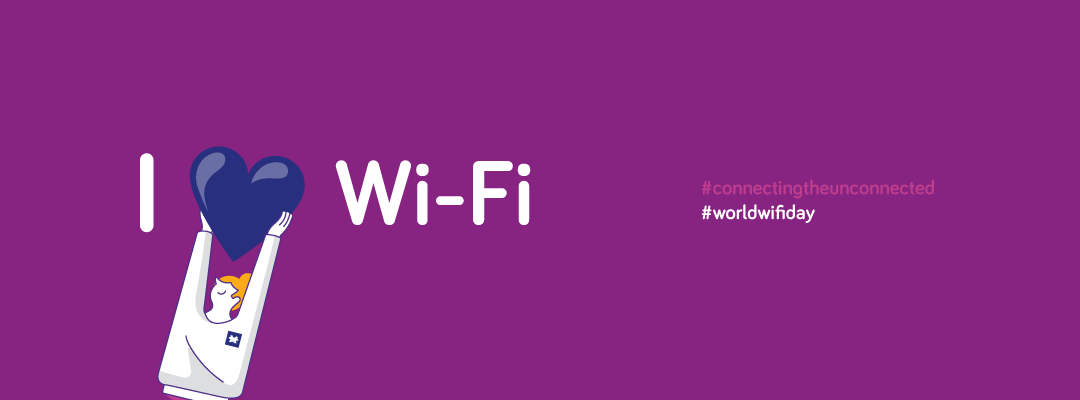Tanaza celebrates World WiFi day
Tanaza celebrates World WiFi day

At Tanaza, we believe that the current market conditions allow the disaggregation of hardware and software to occur also in the Wi-Fi networking market and make the same disruption happen.
With this in mind, and as part of our continuous contribution to the development of the WiFi space/market, we also have recently introduced Tanaza’s latest innovation: a Linux-based operating system for open Wi-Fi networking devices.
TanazaOS discards the vertically-integrated model by encouraging the decoupling of hardware and software in the networking market and particularly in the wireless networking segment.
We are also proud to mention our latest partnership with Telecom Infra Project (TIP) to improve WiFi Internet connectivity and pursue opportunities to deploy innovative technology. Our aim is to improve interoperability, minimize costs, increase Wi-Fi quality, leveraging as much as possible an approach inspired by the Open Source community and software/hardware disaggregation. Within this project, Tanaza intends to maximize software/hardware disaggregation, deploying large scale pilot projects in conjunction with other members, such as operators, ISPs, WISPs, interested in specific innovation aspects covered by the TanazaOS innovation project.
Since it was founded, Tanaza has received five Seals of Excellence from the European Commission as well as the Horizon2020 grant with this year’s submission. Tanaza also received the “Best Enterprise Wi-Fi Solution” award during the Wi-Fi NOW Conference in Berlin in November 2018, and was listed among the 2019 Red Herring Top 100 Europe Winners.
Book your Guided Demo today!
This guided demo will help you understand how to use the different features the Tanaza platform offers. Speak directly with one of our experts.




